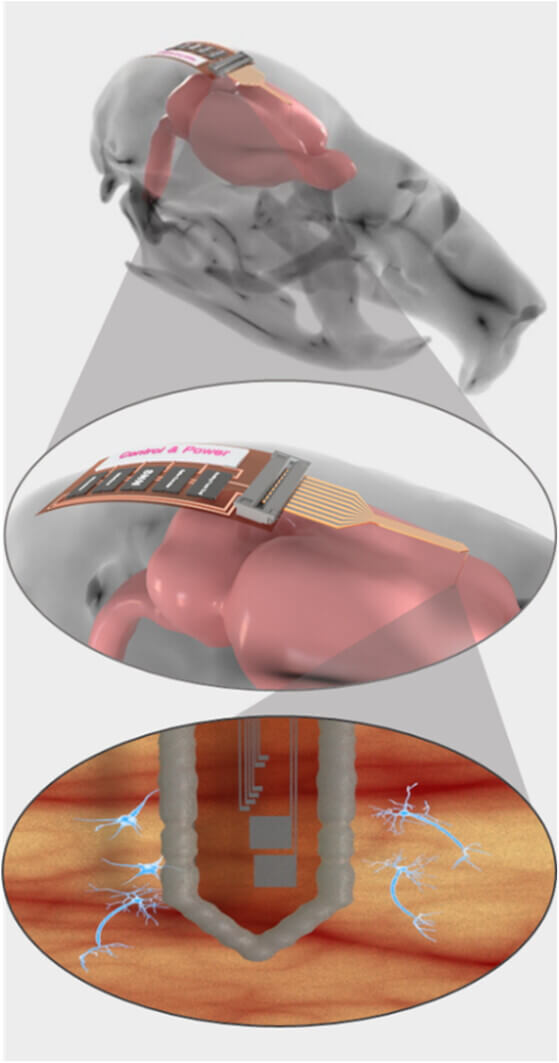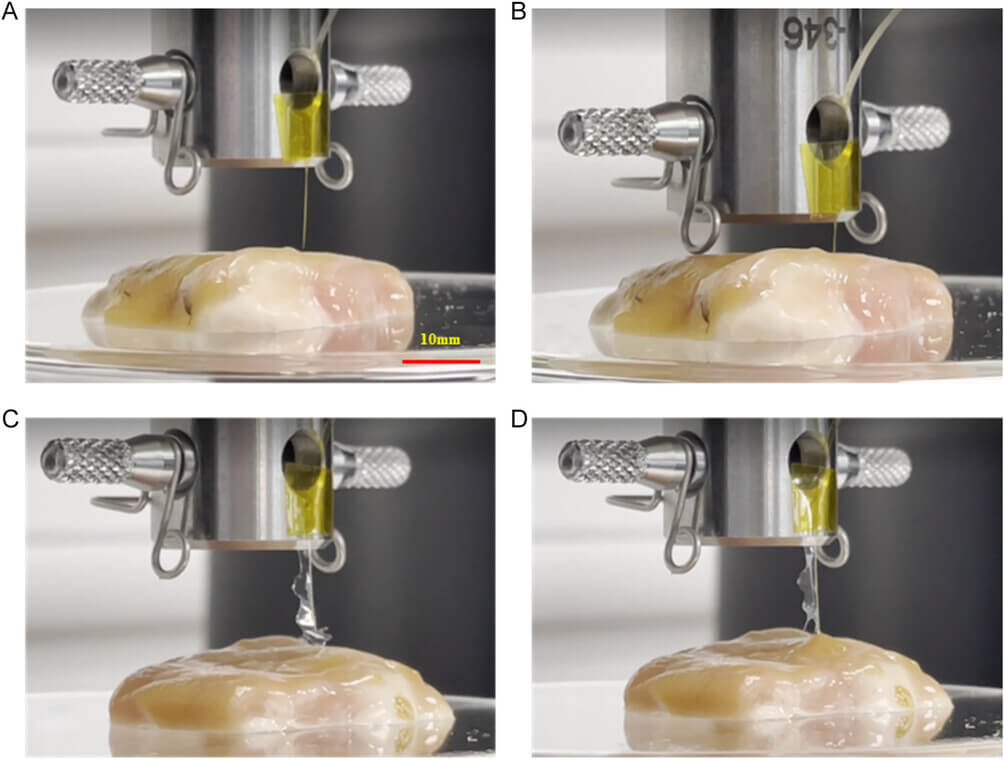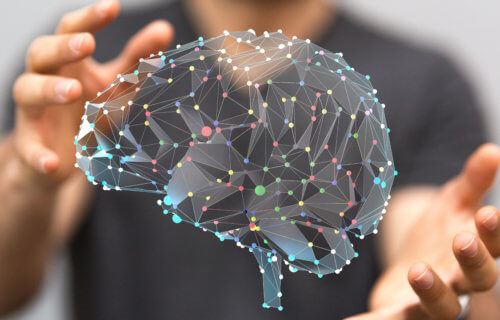GLASGOW, Scotland — Brain implants made of algae could help regenerate brain tissue in epilepsy patients, scientists say. Deep brain stimulation has previously been employed to treat conditions such as Parkinson’s disease and obsessive-compulsive disorder. Now, researchers hope these neural probes could be adapted to tackle epilepsy, a potentially fatal condition that can resist drug treatments.
In a promising development, bioengineering researchers from the University of Glasgow have been investigating dissolvable coatings that could safely guide flexible implants into the brain to regulate temporal lobe epilepsy. Recent tests on lamb and rat brains suggest these innovations could serve as a potential cure.
The research focused on silk fibroin and alginate materials as stiffeners for flexible probes. These materials were selected because they maintain their integrity longer before dissolving, providing surgeons with more time to perform the implantation procedures.
“The tests we conducted show some really promising results for creating coatings for future flexible neural probes that could help safely guide them to their targets in the brain,” says lead author Maria Cerezo-Sanchez, from the James Watt School of Engineering, in a university release. “It’s an exciting step forward, and we’re continuing to explore the potential of these materials for use in neural implant procedures.”
Currently, the deep brain stimulation probes, constructed from silicon, often induce scarring around their implantation site. This is due to the material’s stiffness mismatching the softer brain tissue. A potential solution involves the use of a new generation of flexible probes made from bendable materials that better complement the softness of the brain. However, these materials’ flexibility may increase the risk of the probes bending or breaking.

The scientists examined the effectiveness of sucrose, maltose, silk fibroin, and alginate as temporary stiffeners. These substances could enable the flexible probes to reach their targets in the brain without bending and then dissolve once the surgery is completed. The team also gauged how long these materials took to dissolve under brain-like conditions.
For the first time, alginate, a natural polysaccharide extracted from algae, was explored as a stiffening material. The researchers applied coatings to flexible probes and tested them by inserting them into blocks of agarose gel, which mimics the consistency of actual brain tissue.
Silk fibroin proved to be the most effective, increasing the force required to bend the flexible probe to 75.99 millinewtons. Silk fibroin and alginate materials persisted longer before dissolving, potentially providing surgeons with more time to successfully complete the implant procedures.
The silk fibroin materials were further tested in samples of lamb brains and rat brains to collect additional data on their performance in human-like conditions.

(credit: Maria Cerezo-Sanchez et al.)
This work is part of the $8.6 million Hybrid Enhanced Regenerative Medicine Systems (HERMES) project, which was launched in 2019. It includes scientists from seven European Union countries aiming to treat brain disorders using transplants and regenerate damaged brain tissue.
“The work we’ve done here is an important pillar of the strands of research that are coming together to create the advanced neuroprostheses that HERMES is aiming to achieve. Some of our research partners are using the stiffeners we’ve developed to conduct further tests on the functionality of the probes. We’re looking forward to seeing the results of those experiments as we get closer to delivering on the potential of HERMES,” adds Professor Hadi Heidari, the paper’s corresponding author from the University of Glasgow’s James Watt School of Engineering.
The findings are published in the journal Advance NanoBiomed Research.
South West News Service writer Sarah Ward contributed to this report.

